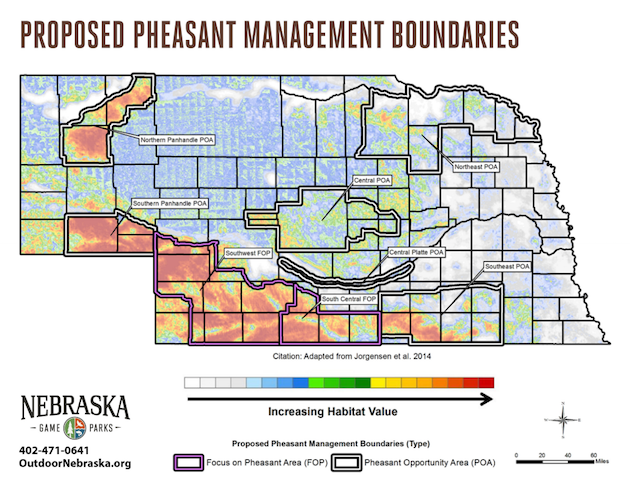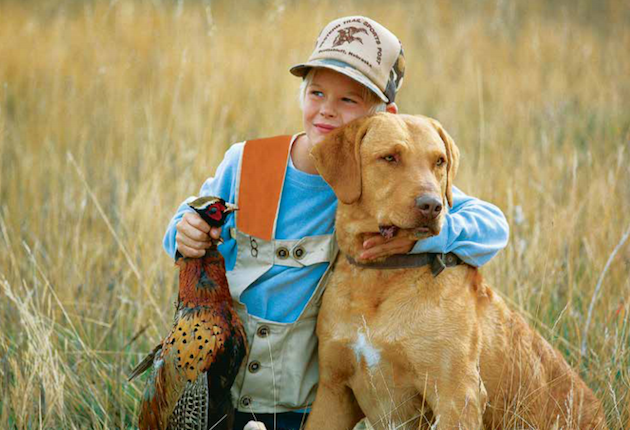Nebraska’s new plan to increase pheasant populations is accurately, almost understatedly, named “the Mega Plan.” Succinct, but it hardly does justice to the price tag attached to it. The state is so invested in pheasants and pheasant hunting that it recently unveiled a five-year plan to increase bird numbers and access to land for hunting them. Cost: $26.4 million for habitat management, $3.5 million for hunter access, and an average of $6 million in general funds per year.
The primary goal is to “produce the best pheasant hunting experiences for the largest number of people possible over the next five years.” To do that, the state will work to maintain hunters’ access to state park hunting areas and WMAs, seek out new land for public access, promote the Passing Along the Heritage (PATH) youth initiative, provide auxiliary pen-raised birds for special youth days and Thanksgiving, and many other new and continuing efforts.
At the heart of the plan is the effort to increase pheasant numbers through sound science, something all too lacking in today’s politically fueled/appointee-driven systems of wildlife management.

Management areas will be scattered across all corners of the map, allowing the maximum amount of access for the maximum amount of hunters.
Hunter accessibility will partially come through the management of 35,734 acres on 17 WMA sites. Nebraska aims to provide 122,930 acres of accessible upland hunting areas per year, along with acquiring 1,700 acres of wetlands over the five years. It will encourage farmers to allow small-grain stubble to grow taller on 252,585 acres per year, along with other conservation efforts.
Pheasant habitat will benefit from the retention, management, and proposed gain of 390,110 acres of Conservation Reserve Program (CRP) land. The state will promote the program as the upcoming sign-up date approaches.
A non-native species first introduced to Nebraska in 1900, the ring-necked pheasant has established itself as a fixture on the state’s landscape and a premier gamebird in its hunting culture. The state legislature has been setting aside funds for its management since 1911. In its report, the Nebraska Game and Parks department wrote: “[N]o other event has intermingled rural and urban Nebraskans (as well as those from other states) together as effectively as the opening day of pheasant season.”
To read the full, 81-page report, click here.
For exciting stories about the pheasants, grouse, and other upland birds of the American West, pick up a copy of Western Wings in the Sporting Classics Store today!



Great for the state of Nebraska & it’s people. More money the better,for every state in the country actually.